10 Most Famous Buddhist Monasteries In India
By: Priyanka Maheshwari Fri, 28 July 2023 11:46:25
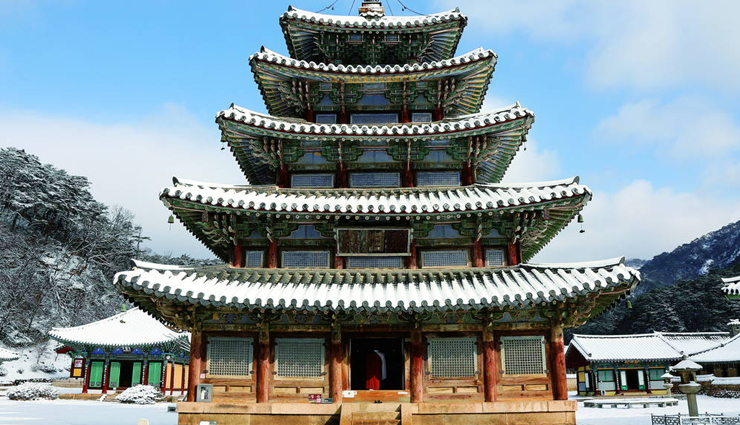
India, as the birthplace of Buddhism, holds an indelible place in the history and spread of this ancient religion. Over the centuries, numerous Buddhist monasteries have been established across the country, serving as centers of spiritual learning, meditation, and cultural exchange. These monastic enclaves not only offer a glimpse into the profound teachings of Lord Buddha but also showcase remarkable architectural splendor and artistic treasures. In this article, we embark on a journey to explore the ten most famous Buddhist monasteries in India, each carrying its unique significance, allure, and contribution to the rich tapestry of Buddhist heritage in the country. From the sacred site of Bodh Gaya to the tranquil valleys of Ladakh and Spiti, these monasteries offer pilgrims and travelers alike a profound spiritual experience and an opportunity to witness the living legacy of Buddhism in the land of its origin. Let us embark on this captivating exploration of India's revered Buddhist monasteries, where ancient wisdom and timeless serenity converge.
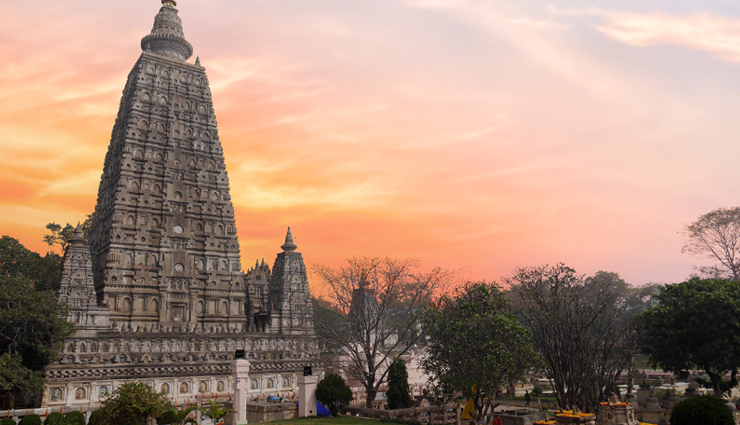
# Mahabodhi Temple, Bodh Gaya, Bihar
The Mahabodhi Temple in Bodh Gaya, Bihar, is a revered Buddhist pilgrimage site, where Siddhartha Gautama attained enlightenment over 2,500 years ago. Emperor Ashoka built the temple in the 3rd century BCE to commemorate the Buddha's enlightenment. Its magnificent Indian brickwork architecture includes a central tower with surrounding stupas, adorned with intricate carvings depicting the Buddha's life. The temple houses the sacred Bodhi Tree, believed to be a descendant of the original tree. The Vajrasana, marking the Buddha's meditation spot, attracts pilgrims worldwide. The temple hosts the Mahabodhi Mahotsav, a significant annual festival, and is a UNESCO World Heritage Site, recognized for its cultural and spiritual importance.
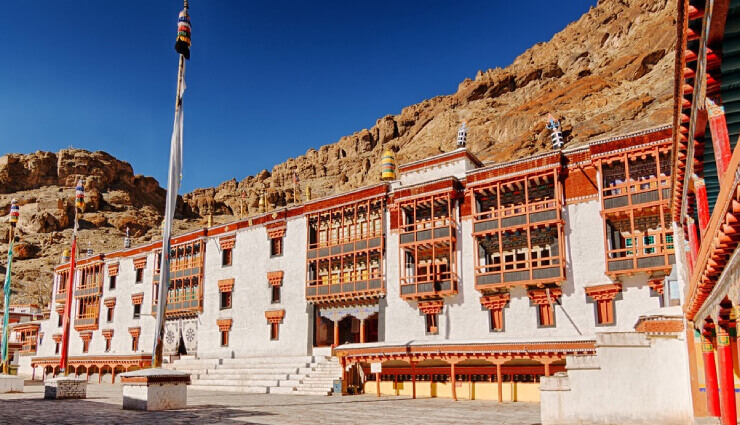
# Hemis Monastery, Ladakh, Jammu, and Kashmir
Hemis Monastery, in the picturesque Ladakh region, is a significant Buddhist monastery attracting visitors worldwide. Founded in the 17th century, it belongs to the Drukpa Lineage and preserves Buddhist teachings. The temple, Hemis Gompa, showcases exquisite architecture with murals and thangkas. The famous Hemis Festival celebrates Guru Padmasambhava with vibrant masked dances. Besides its religious role, the monastery serves as a cultural center, hosting traditional events. The biennial thangka display draws crowds seeking spiritual blessings. Surrounded by stunning landscapes, Hemis offers panoramic views and serves as a starting point for Ladakh's adventures.
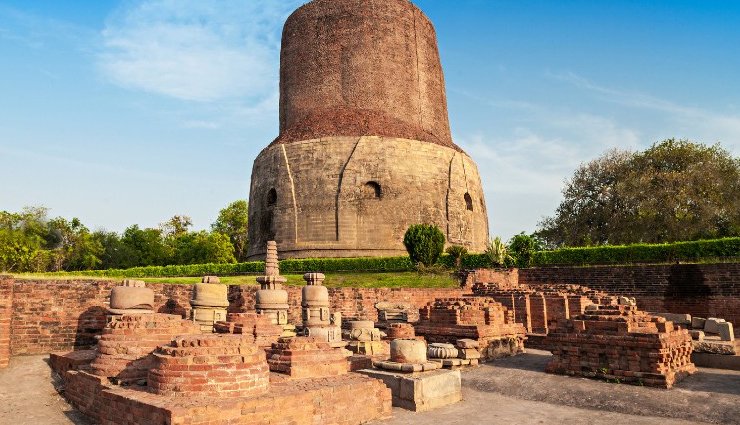
# Sarnath, Varanasi, Uttar Pradesh
Sarnath, near Varanasi holds significant historical and spiritual importance for Buddhists as one of the Four Holy Places of Buddhism. It is where Lord Buddha delivered his first sermon after enlightenment. The site features the Dhamekh Stupa and the Chaukhandi Stupa, marking important events in Buddha's life. The Ashoka Pillar bears edicts promoting Buddhist principles. The Sarnath Archaeological Museum showcases ancient Buddhist art and artifacts. Sarnath remains an active place of worship and pilgrimage, attracting visitors seeking spiritual enlightenment. Its proximity to Varanasi adds to its allure, drawing tourists and devotees alike.
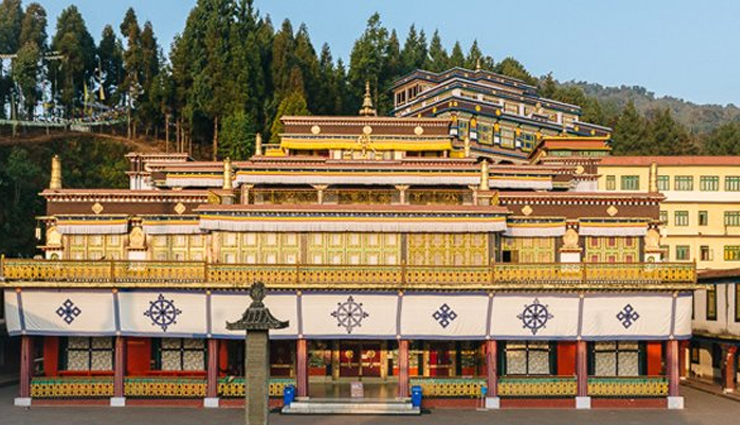
# Rumtek Monastery, Sikkim
Rumtek Monastery, located in the Eastern Himalayas of Sikkim, is a renowned Buddhist shrine known for its religious significance and architectural beauty. Originally built in the 16th century by the ninth Karmapa, the present-day structure was reconstructed in the mid-20th century after the 16th Karmapa sought refuge in Sikkim. The monastery's captivating design blends traditional Tibetan and modern styles, and it houses the Golden Stupa with relics of the 16th Karmapa. As the seat of the Kagyu lineage, Rumtek Monastery hosts various religious ceremonies and festivals, attracting pilgrims and tourists alike. It also serves as a center for Buddhist education and meditation retreats. Visitors are welcomed to witness the monastery's impressive artifacts and experience the peaceful environment amidst the picturesque landscape.
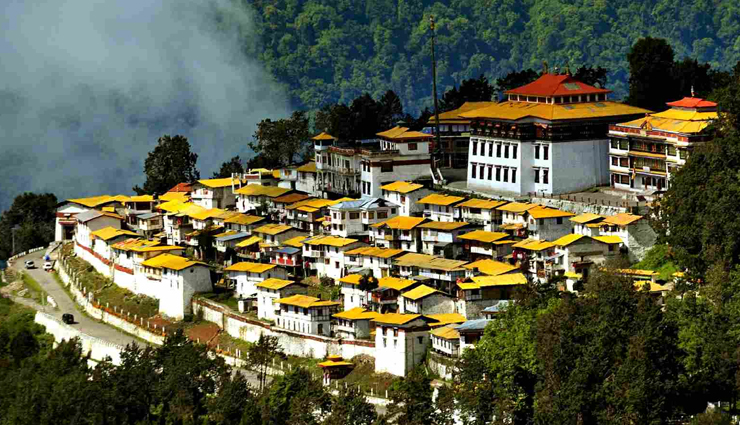
# Tawang Monastery, Arunachal Pradesh
Tawang Monastery, located in Arunachal Pradesh, is a significant spiritual site known for its architectural brilliance. Founded in the 17th century, it combines Tibetan and Indian architectural styles. As a revered center of the Gelugpa sect of Tibetan Buddhism, the monastery hosts vibrant festivals and has over 300 resident monks. Visitors can immerse themselves in the serene environment, explore the monastery's halls, and witness ancient frescoes and thangkas. Tawang's allure extends beyond the monastery, with stunning landscapes and attractions like the Tawang War Memorial and Sela Pass, offering a unique blend of cultural and natural experiences.
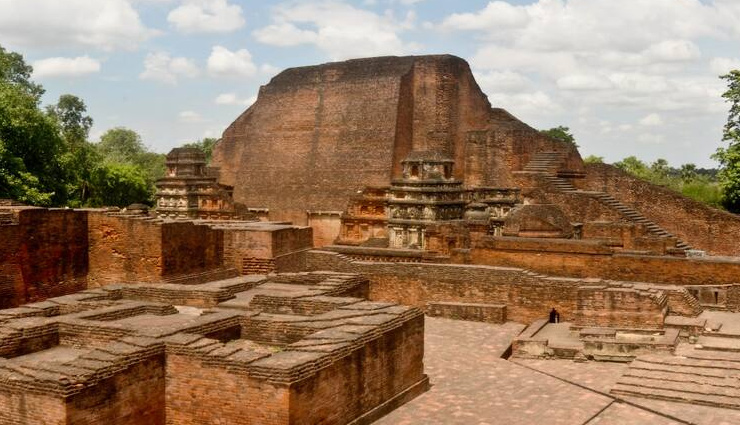
# Nalanda University Ruins, Bihar
The Nalanda University Ruins in Bihar comprised both a renowned center of learning and several Buddhist monasteries within the Nalanda Mahavihara complex. These monasteries accommodated monks, scholars, and students from around the world, fostering constant intellectual and spiritual engagement. The monasteries featured lecture halls, classrooms, and meditation centers for knowledge exchange and spiritual growth. They also housed libraries with extensive collections of Buddhist scriptures. Nalanda served as a hub for religious activities, including prayers and rituals. The institution relied on donations from wealthy individuals and rulers for sustenance. The combination of the university and monastic life created a unique environment that attracted diverse scholars, establishing Nalanda's reputation as a global center of learning and Buddhism.
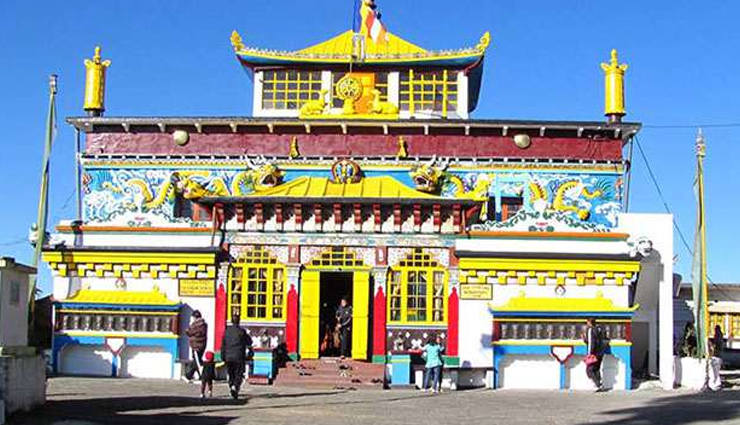
# Ghoom Monastery, Darjeeling, West Bengal
Ghoom Monastery, or Yiga Choeling Monastery, is a famous Buddhist monastery in Ghoom, near Darjeeling, West Bengal. Established in 1850, it showcases traditional Tibetan architecture and houses a 15-feet tall statue of Maitreya Buddha. The monastery hosts daily religious practices and welcomes visitors to witness them. With panoramic views of the surrounding hills, it is part of the Buddhist Circuit in Darjeeling and is a scenic spot along the Toy Train route. A visit to Ghoom Monastery offers insight into the region's Buddhist culture and provides a serene and spiritually enriching experience for tourists and devotees.
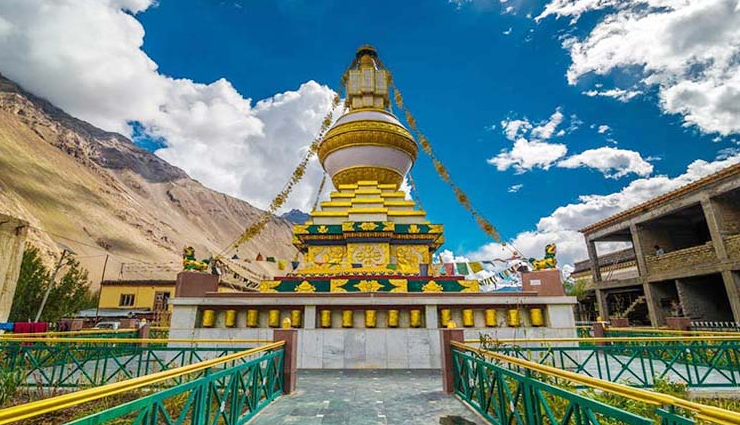
# Tabo Monastery, Spiti Valley, Himachal Pradesh
Tabo Monastery, also known as Tabo Chos-Khor Monastery, is a historic and revered Buddhist monastery located in the Spiti Valley of Himachal Pradesh. With its foundation dating back to 996 CE, it stands as one of the oldest continuously functioning monasteries in the Himalayan region. The monastery's remote location in the picturesque Spiti Valley adds to its allure. It boasts ancient and distinctive Himalayan architecture, including the "Tsug Lha Khang" main temple adorned with intricate murals and frescoes depicting Buddhist deities. Tabo Monastery holds immense religious significance for Buddhists and is considered one of the holiest places in Tibetan Buddhism. Its library preserves a vast collection of ancient Buddhist scriptures, contributing to its reputation as a center of learning. The monastery hosts religious festivals, including the "Tabo Chham" dance, attracting devotees from all over. In recognition of its cultural and historical importance, Tabo Monastery, along with other monastic sites in the Spiti Valley, has been designated as a UNESCO World Heritage Site.
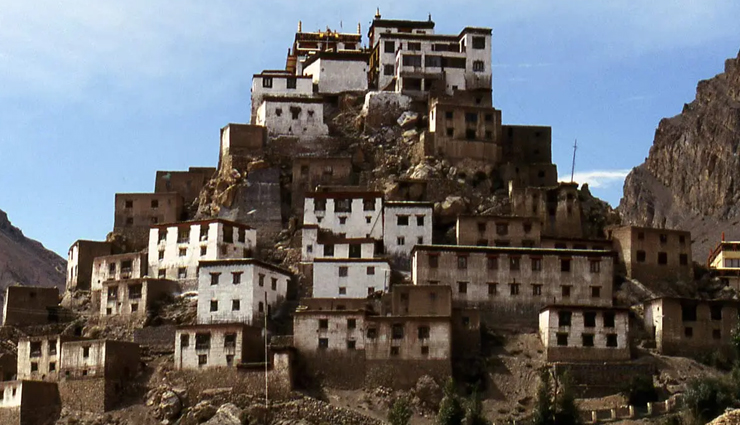
# Key Monastery, Spiti Valley, Himachal Pradesh
Key Monastery, also known as Kye Gompa or Ki Monastery, is an ancient Tibetan Buddhist monastery situated in the picturesque Spiti Valley of Himachal Pradesh. With a history dating back over a thousand years, it holds immense religious and cultural significance. Perched atop a hill at an elevation of around 4,166 meters, the monastery offers breathtaking views of the Spiti River and the rugged landscapes. It boasts a unique architectural blend of Tibetan and Indian styles and houses beautiful thangkas and murals depicting Buddhist deities and teachings. As an important center for the Gelug school of Tibetan Buddhism, Key Monastery has produced numerous esteemed scholars and practitioners. The annual "Gustor" festival adds vibrancy to its spiritual atmosphere, attracting visitors to witness the masked dances and religious rituals. Accessible by road from Kaza, the journey to Key Monastery presents an opportunity for tourists and spiritual seekers to experience the serene beauty of the Himalayan region.
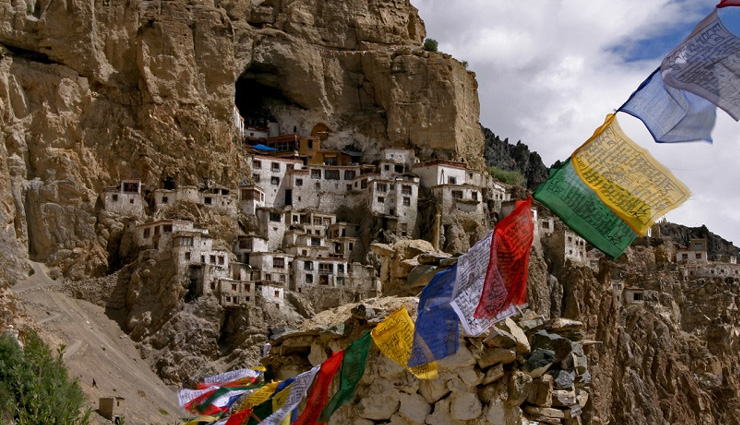
# Phuktal Monastery, Zanskar, Ladakh
Phuktal Monastery, located in the Zanskar region of Ladakh, is an awe-inspiring and remote Buddhist monastery perched on a steep cliff. It is one of the world's most isolated monastic establishments, accessible only by a challenging trek of several days. Founded in the 12th century, the monastery's unique cave-like structure houses a main prayer hall and meditation chambers. Adorned with beautiful frescoes and statues, Phuktal preserves the cultural and religious heritage of the region. It serves as a center of learning with its valuable collection of ancient Buddhist scriptures. Active in daily religious practices, the monastery plays a crucial role in maintaining the traditional way of life in this secluded Himalayan setting.





